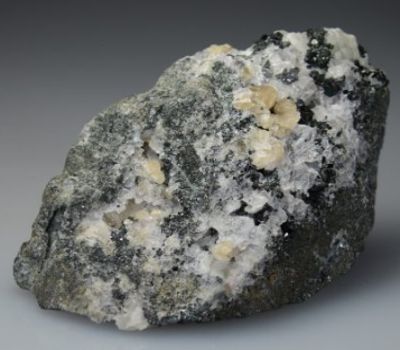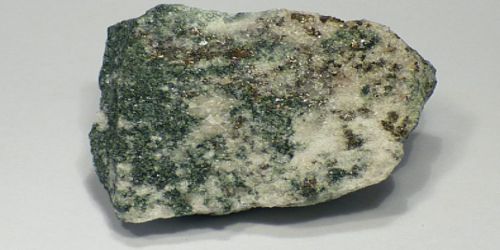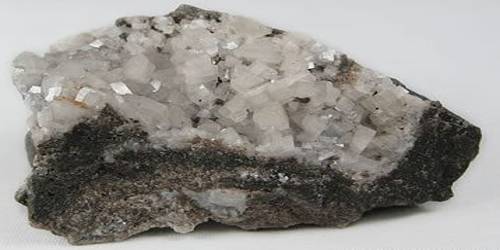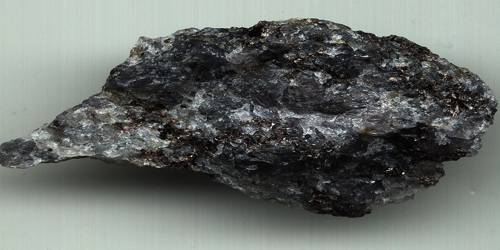Hsianghualite is a tectosilicate (framework silicate) of lithium, calcium, and beryllium, with fluorine, a member of the zeolite group. It is an isometric-tetartoidal white mineral containing beryllium, calcium, fluorine, lithium, oxygen, and silicon. It was discovered in 1958 and named for the type locality, Hsiang Hua, 香花, meaning fragrant flower.
General Information
- Category: Zeolite
- Formula: Li2Ca3(BeSiO4)3F2
- Crystal system: Isometric
- Crystal class: Tetartoidal (23)

Fig: Hsianghualite
Properties
The structure is analogous to that of analcime with Be and Si in tetrahedral coordination forming a three-dimensional framework. Its space group is I213 (Previously reported as I4132). Unit cell parameters are a = 12.879 or 12.897, and Z = 8.
- Formula mass: 475.4 g/mol
- Color: White or colorless
- Cleavage: None
- Tenacity: Brittle
- Mohs scale hardness: 6.5
- Luster: Vitreous
- Streak: White
- Diaphaneity: Transparent to translucent
- Specific gravity: 2.97 to 3.00, measured.
Occurrence: In phlogopite veins in a °uorine-rich metamorphosed Devonian limestone intruded by a beryllium-bearing granite.
Hsianghualite has been found only at the type locality, the Xianghualing Mine in Linwu County, Hunan Province, China. It occurs within phlogopite veins in the light-colored band of green and white banded metamorphosed Devonian limestone which has been intruded by beryllium-bearing granite.
Association: Fluorite, zinnwaldite, chrysoberyl, taa®eite, liberite.
Information Source:
















